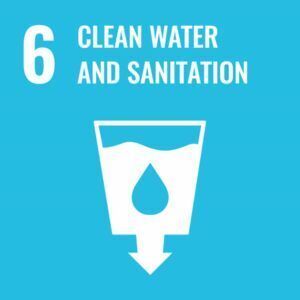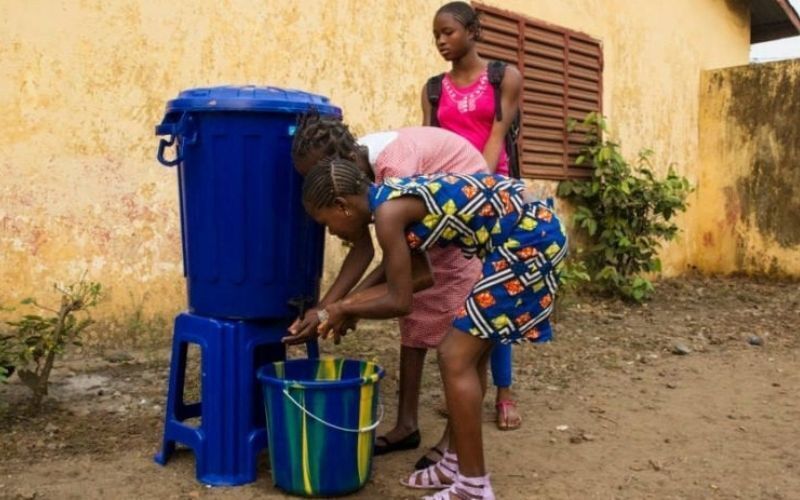Ensure Access to Water and Sanitation for All
Clean, accessible water for all is an essential part of the world we want to live in. There is sufficient fresh water on the planet to achieve this. But due to bad economics or poor infrastructure, every year millions of people, most of them children, die from diseases associated with inadequate water supply, sanitation and hygiene.
Water scarcity, poor water quality and inadequate sanitation negatively impact food security, livelihood choices and educational opportunities for poor families across the world. Drought afflicts some of the world’s poorest countries, worsening hunger and malnutrition.
By 2050, at least one in four people is likely to live in a country affected by chronic or recurring shortages of fresh water.
Facts and Figures
- 2.6 billion people have gained access to improved drinking water sources since 1990, but 663 million people are still without
- At least 1.8 billion people globally use a source of drinking water that is fecally contaminated
- Between 1990 and 2015, the proportion of the global population using an improved drinking water source has increased from 76 per cent to 91 per cent
- But water scarcity affects more than 40 per cent of the global population and is projected to rise. Over 1.7 billion people are currently living in river basins where water use exceeds recharge
- 2.4 billion people lack access to basic sanitation services, such as toilets or latrines
- More than 80 per cent of wastewater resulting from human activities is discharged into rivers or sea without any pollution removal
- Each day, nearly 1,000 children die due to preventable water and sanitation-related diarrhoeal diseases
- Hydropower is the most important and widely-used renewable source of energy and as of 2011, represented 16 per cent of total electricity production worldwide
- Approximately 70 per cent of all water abstracted from rivers, lakes and aquifers is used for irrigation
- Floods and other water-related disasters account for 70 per cent of all deaths related to natural disasters
Goal 6 Targets
- By 2030, achieve universal and equitable access to safe and affordable drinking water for all
- By 2030, achieve access to adequate and equitable sanitation and hygiene for all and end open defecation, paying special attention to the needs of women and girls and those in vulnerable situations
- By 2030, improve water quality by reducing pollution, eliminating dumping and minimizing release of hazardous chemicals and materials, halving the proportion of untreated wastewater and substantially increasing recycling and safe reuse globally
- By 2030, substantially increase water-use efficiency across all sectors and ensure sustainable withdrawals and supply of freshwater to address water scarcity and substantially reduce the number of people suffering from water scarcity
- By 2030, implement integrated water resources management at all levels, including through transboundary cooperation as appropriate
- By 2020, protect and restore water-related ecosystems, including mountains, forests, wetlands, rivers, aquifers and lakes
- By 2030, expand international cooperation and capacity-building support to developing countries in water- and sanitation-related activities and programmes, including water harvesting, desalination, water efficiency, wastewater treatment, recycling and reuse technologies
- Support and strengthen the participation of local communities in improving water and sanitation management

Related References
UN-Water
World Water Assessment Programme
UNESCO Water
UNDP Water and Ocean Governance
UN Water for Life Decade
End Open Defecation
UN-HABITAT Water and Sanitation
A Post-2015 Global Goal for Water: Recommendations from UN-Water
Water and Sustainable Development Goals
Information Briefs on Water and Sustainable Development
UN-Water Decade Programme on Advocacy and Communication
UN Water and Sanitation Best Practices Platform


